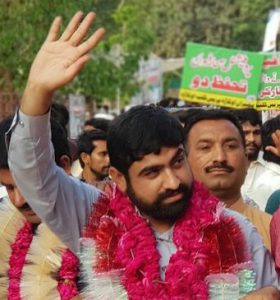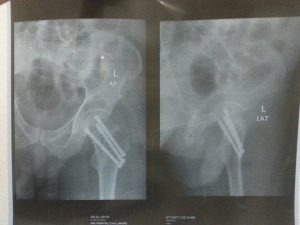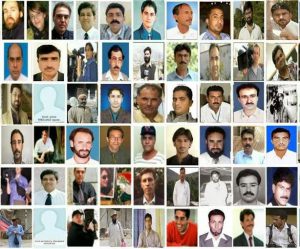Punjab
Situated in the northeast and bordering India, Punjab is politically, ethnically and linguistically the dominant of Pakistan’s four provinces and three other territories. It constitutes about 55% of Pakistan’s 207 million population, according to the 2017 national census.
This means Punjab has over half of all seats in the National Assembly and therefore influences which party forms any national government and has the largest pie in the national revenue share and revenue. This advantage is reflected in the socio-economic development landscape of Punjab that sets it apart from the other provinces and territories that struggle to muster the critical mass of resources and policy priorities to address their socio-economic development needs.
Traditionally dominated by the landed aristocracy, based particularly in south Punjab, in recent years the merchant and industrial classes have asserted their burgeoning power that have translated into major political gains. This has impacted the country’s socio-political and media landscapes in a major way. The province has urbanized rapidly and now boasts six of Pakistan’s 10 cities with a population of one million or more. The rise of middle class and greater upward mobility has brought it into a political clash with the military and feudal combine that has spawned greater media freedoms otherwise traditionally stifled by the security establishment. Tens of millions of voters in the Punjab heartland in recent decades have shifted support to parties that have assumed anti-dictatorship stance.
While Punjab is not the media capital of Pakistan, it does boast a critical mass of national media, based in Lahore, Rawalpindi and Multan, that has expanded plural political expression, development narratives and greater civil liberties, first through broadcast media and now in the shape of an expanding internet-based media landscape.
Journalist Attacked For His Report On ‘Merit Policy Violation’ In Punjab Police
Lahore Police Stop Journalists From Coverage

Reporting Takes Young Journalist’s Life In Punjab

Hafiz Hasnain: Jailed for Okara Farmers’ Coverage

Journalist Rana Tanvir Survives Attack After "Death Threat" Over His Writings
